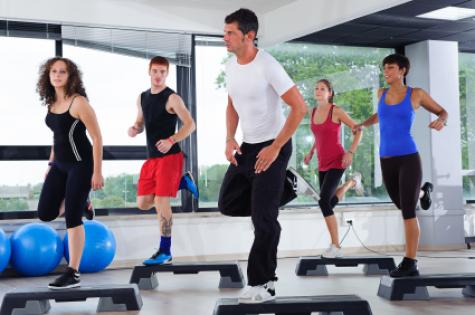More than four million Australians regularly undertake aerobics, fitness or gym workouts, making group fitness the second most popular physical recreational activity after walking.That popularity translates to an expected $1.2 billion in revenue in 2013, but gym-goers have been largely on their own when it comes to deciding which class gives the best ‘bang for their buck’.
But a study by Dr James Wickham of the School of Biomedical Sciences at Charles Sturt University (CSU) in Orange has the answer.
The study measured the muscle activity, heart-rate, and caloric expenditure of 10 volunteers as they each took a Step, Ride, or Power (aerobic weights) class.
“Our goal was to determine which group fitness class burned the most calories, which generated the highest heart rates, and also to determine the muscle activation levels for core, upper limb, and lower limb muscles.”
Dr Wickham found the Step class burnt significantly more calories overall than the Ride and Power class.
“If your goal was to burn calories and to lose weight you should consider a Step class as it burned the most absolute calories of the three classes. But on a calories per minute basis, there was no difference between the Ride and Step classes,” he said.
“Average heart rates for the Step and Ride class were also very close, while the calories burned and heart rates for the Power class were significantly lower.”
Dr Wickham said the research, which for the first time quantifies the muscle activity and the intensity of these classes, will allow people to make more informed choices about which class is right for their personal fitness goals.
“Higher levels of intensity were recorded during Step and Ride classes which would lead to higher levels of aerobic fitness than if you just relied on the Power class as a workout,” he said.
“The Power class was the most effective in eliciting upper limb muscle activation, particularly for the biceps, deltoid, forearm muscles, and trapezius and, of the three classes, either Step or Power should be selected for core muscle activation.”
So … what’s stopping you?



















__small.png)










